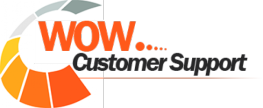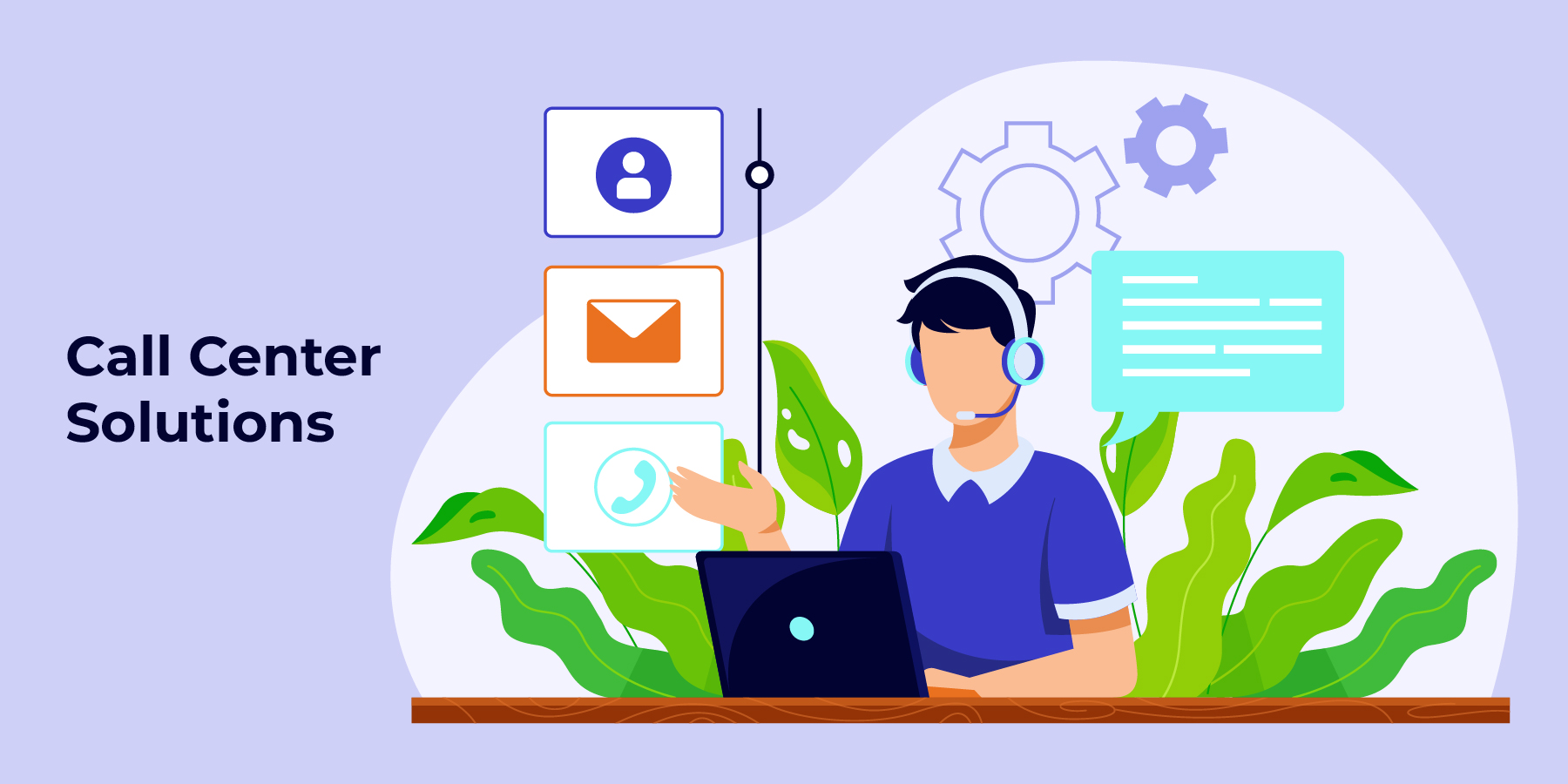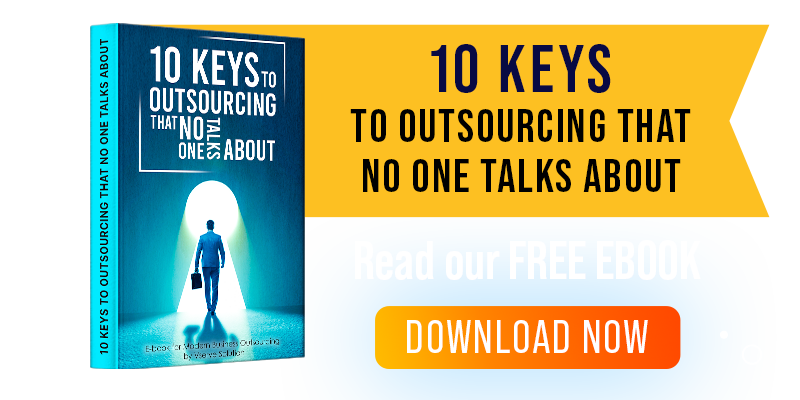Effective communication plays a pivotal role in the success of any business. Choosing the right software to manage your business's communication needs is essential for seamless customer interactions and efficient operations.
In today's blog, we will delve into the key differences between call center solutions software and contact center software. Understanding these distinctions will help you make an informed decision and select the most suitable solution for your organization.
Definition and Focus of Call Center Solutions Software
Call center solutions software is designed specifically for managing voice-based communications. It is primarily focused on inbound and outbound voice calling, as well as VoIP call management. With features such as call recording, interactive voice response (IVR), and call queueing, call center solutions software streamlines telephone-based interactions. It is commonly used by industries that heavily rely on outbound telephone communications, such as telemarketing firms, collection agencies, nonprofits, and political campaigns.
Definition and Omnichannel Nature of Contact Center Software
In contrast, to call center solutions software, contact center software takes a broader approach by offering an omnichannel communication experience. It enables businesses to connect with customers through various channels beyond voice calls. These channels include live website chat, video calling, email, social media messaging, and SMS texting.
Contact center software provides a unified platform where agents and customers can engage seamlessly across multiple communication channels. It is especially popular among service-based businesses, healthcare providers, and e-commerce websites that prioritize offering diverse contact options to their customers.
User Base and Target Industries
Call center solutions software caters to industries that heavily rely on outbound telephone communications to make sales or raise awareness. These industries benefit from features like automated dialers, call routing, and natural language processing. On the other hand, contact center software appeals to service-based businesses, healthcare providers, and e-commerce websites that require a balanced mix of inbound and outbound communication.
These businesses strive to provide fast responses without compromising customer service quality. The ability to let customers choose their preferred communication channel is a key requirement for contact center software. Additionally, contact center software often integrates with customer relationship management (CRM) systems, enabling seamless data synchronization and enhanced customer interactions.
Metrics Tracked and Analyzed
Call centers and contact centers both track metrics to measure performance and customer satisfaction. Call centers focus on metrics such as average hold times, first-call resolution rates, and cost per call. These metrics help evaluate the efficiency and effectiveness of resolving customer issues promptly.
In contrast, contact centers analyze customer satisfaction rates by channel, considering the unique characteristics and challenges of each communication channel. Essential contact center metrics include the ratio of inbound to outbound contacts, average handling time across channels, and the cost associated with different types of contacts.
User Experience and Prioritization
Call center solutions software prioritizes mobility and flexibility to meet the needs of agents who handle voice calls. Features like call transfer and hot desking enable agents to seamlessly transfer calls between devices and work while on the move.
On the other hand, contact center software focuses on unifying communication channels into a single interface. This allows teams to avoid the hassle of switching between numerous tabs and applications, improving efficiency and streamlining workflows. By providing a consolidated view of all communication channels, contact center software enables agents to provide a consistent and personalized customer experience across different channels.
Conclusion
Choosing the right software for your business's communication needs is crucial. Call center solutions software is tailored for voice-based communications and is favored by industries heavily reliant on outbound telephone communications. Contact center software, on the other hand, offers an omnichannel experience, supporting various communication channels beyond voice calls. It is widely used by service-based businesses, healthcare providers, and e-commerce websites.
Understanding the distinctions between these two software types will help you make an informed decision and select the software that aligns with your organization's objectives and customer communication preferences.
Wow Customer Support will handle all customer queries and queries to enhance their shopping experience with your brand. By choosing our customer-centric approach services, we can ensure that you can retain your customers.
This blog is inspired by the video: “Contact Center vs Call Center Software - Definitions, Comparisons & Which Is Best” by “GetVoIP Expert Tutorials, Reviews, Top Providers.”






